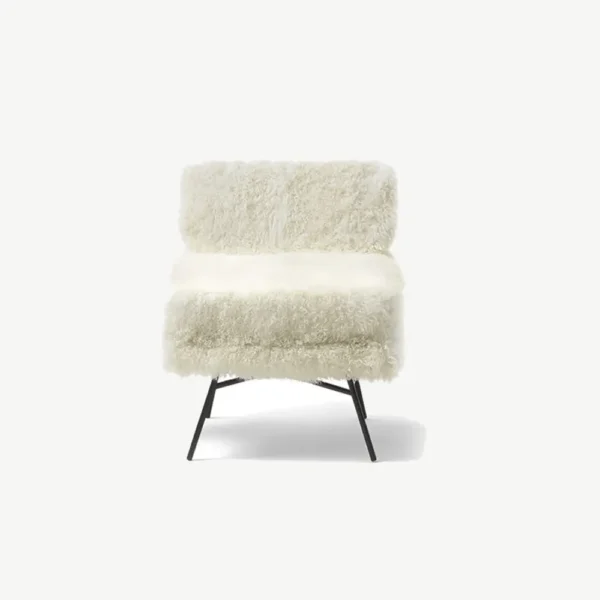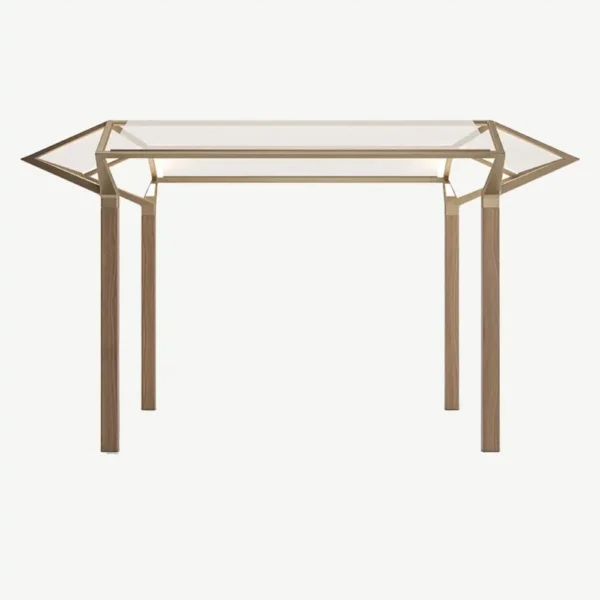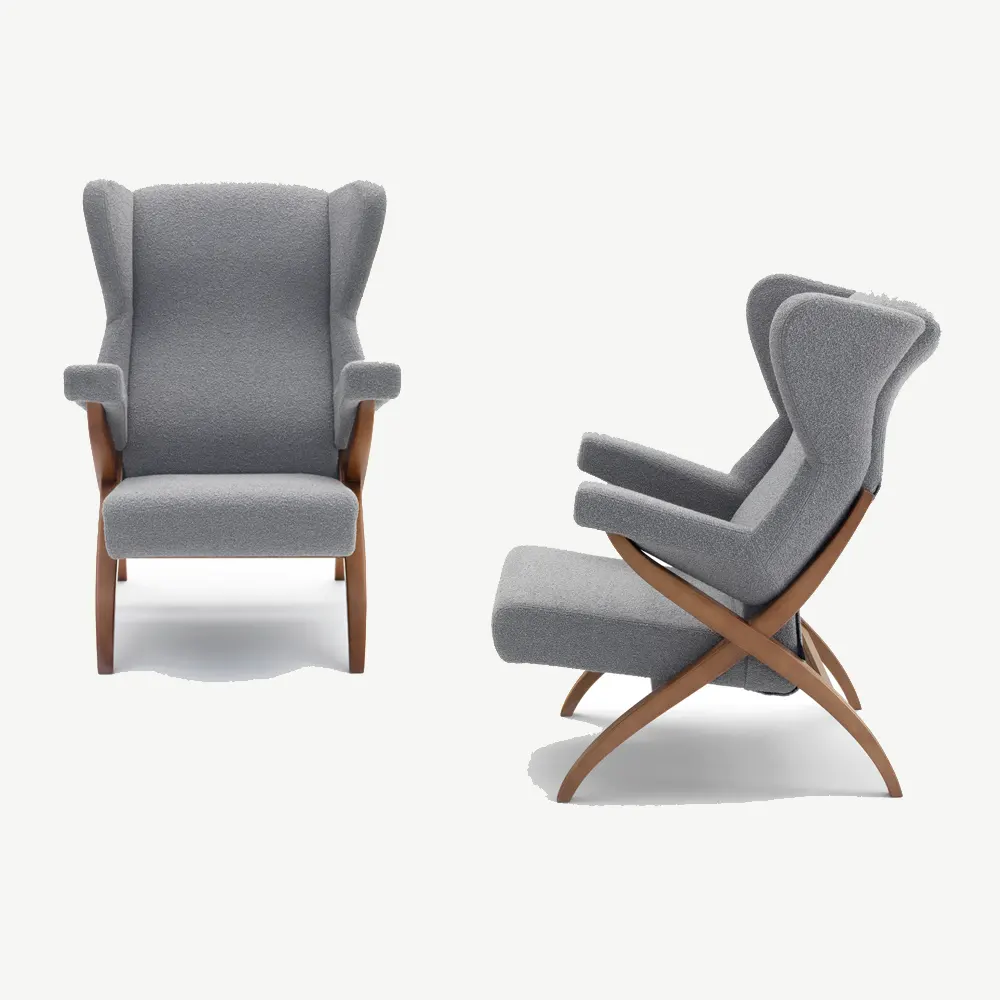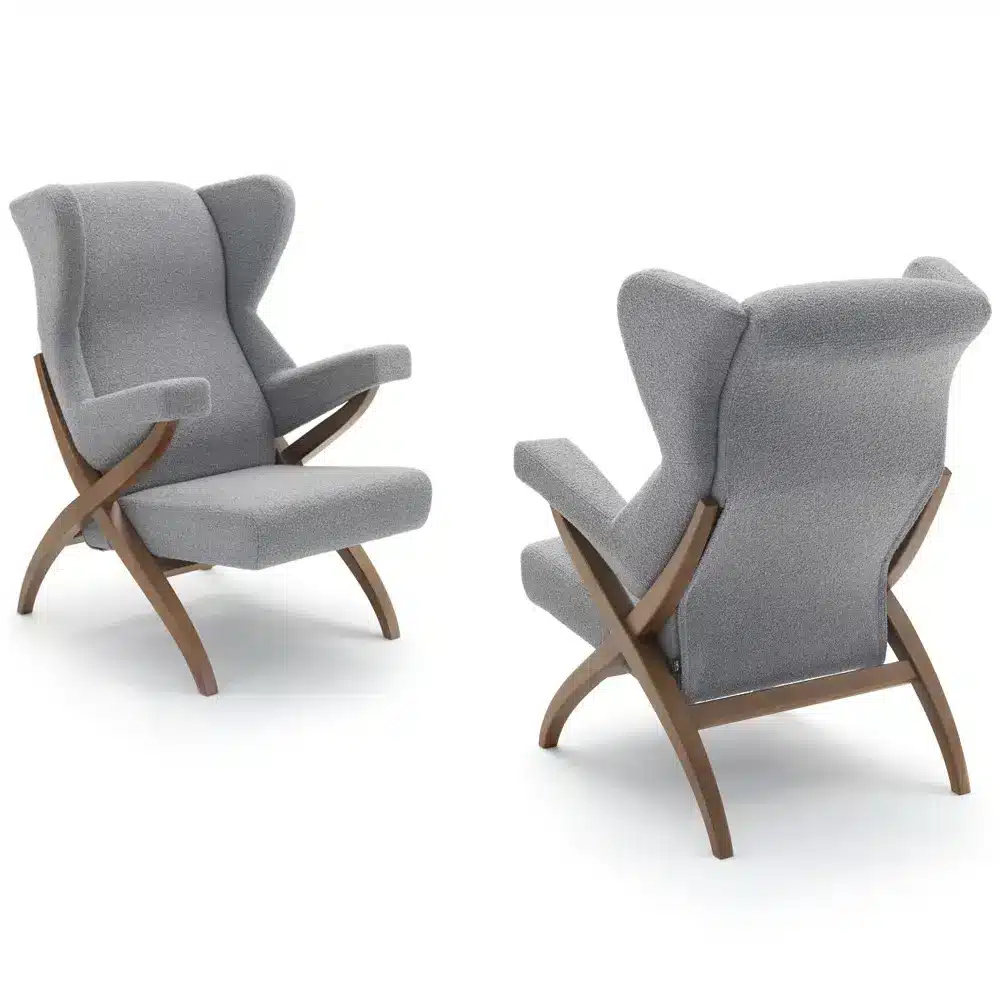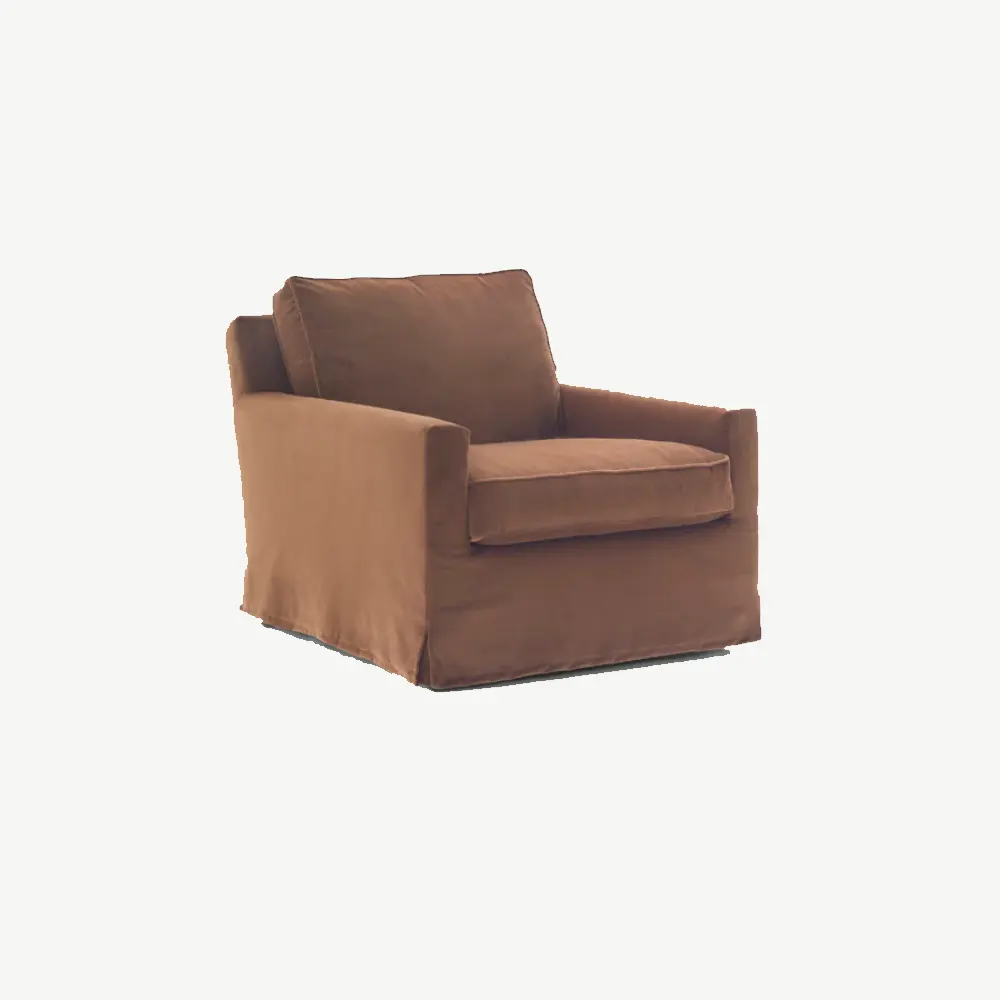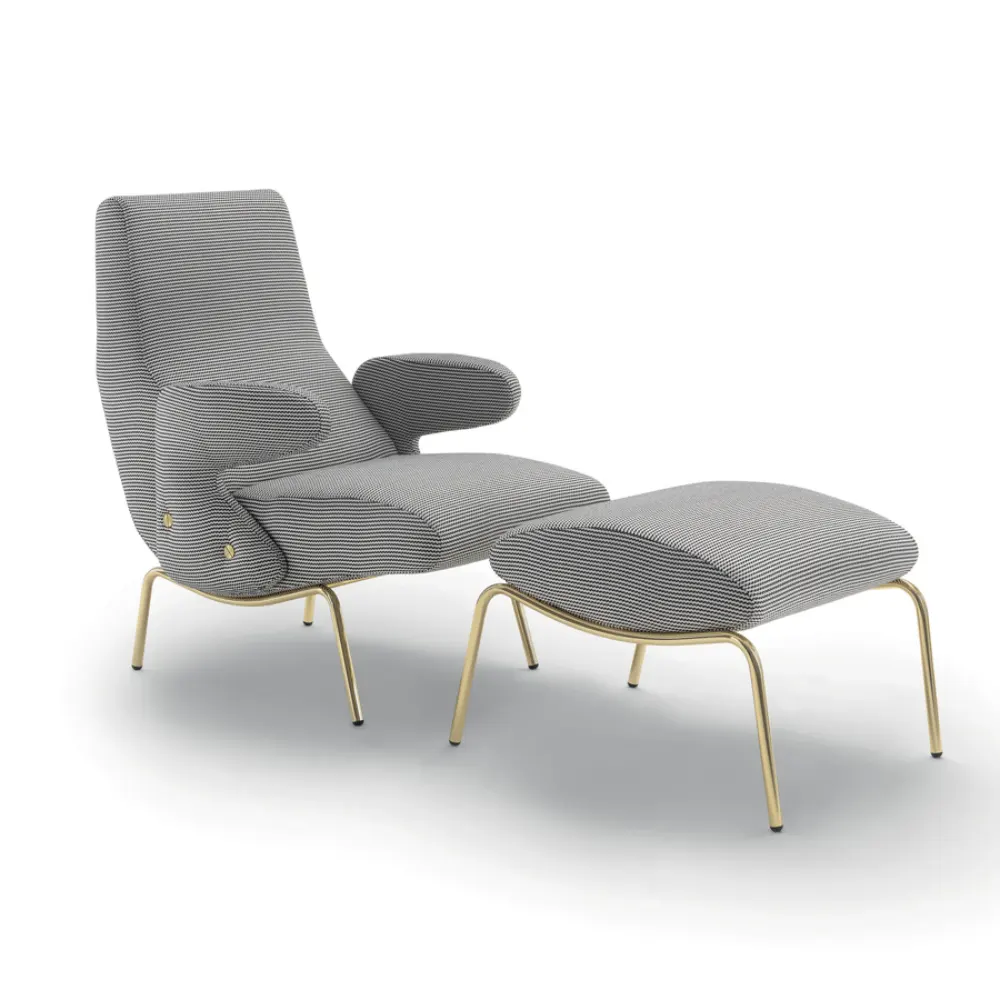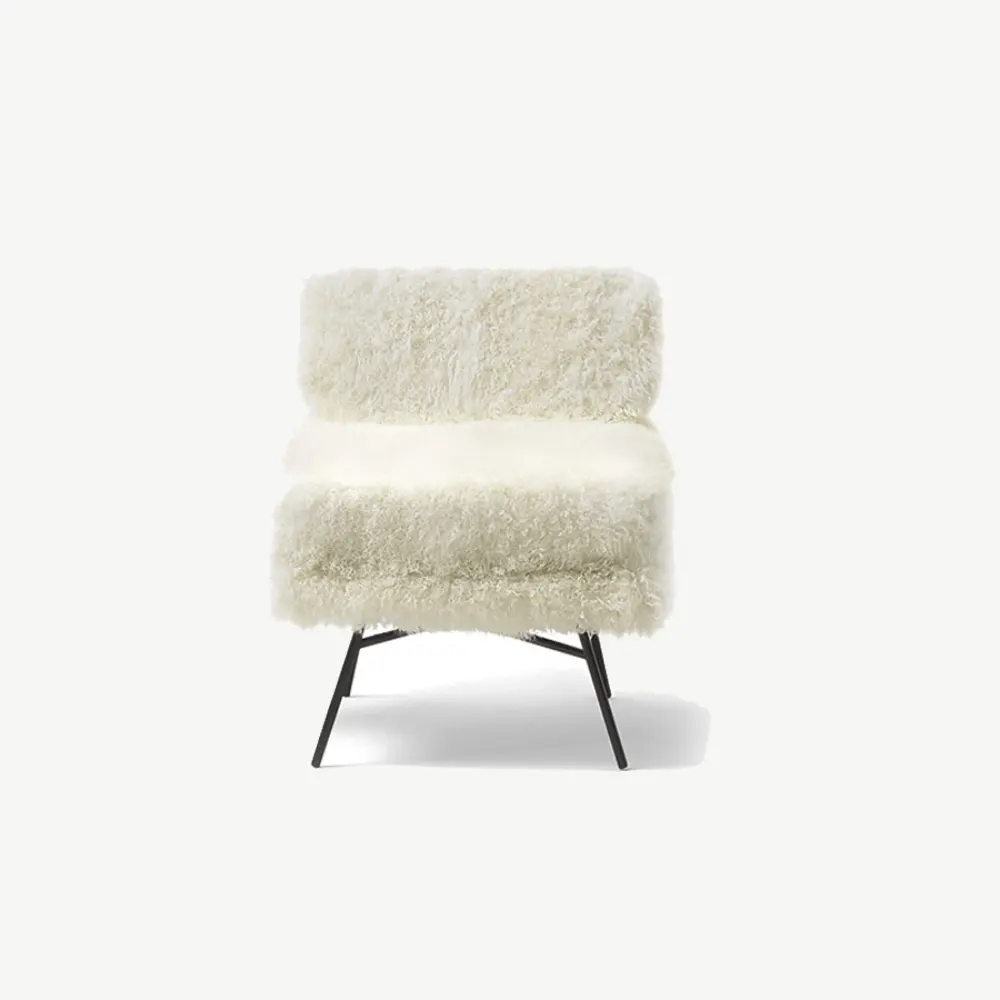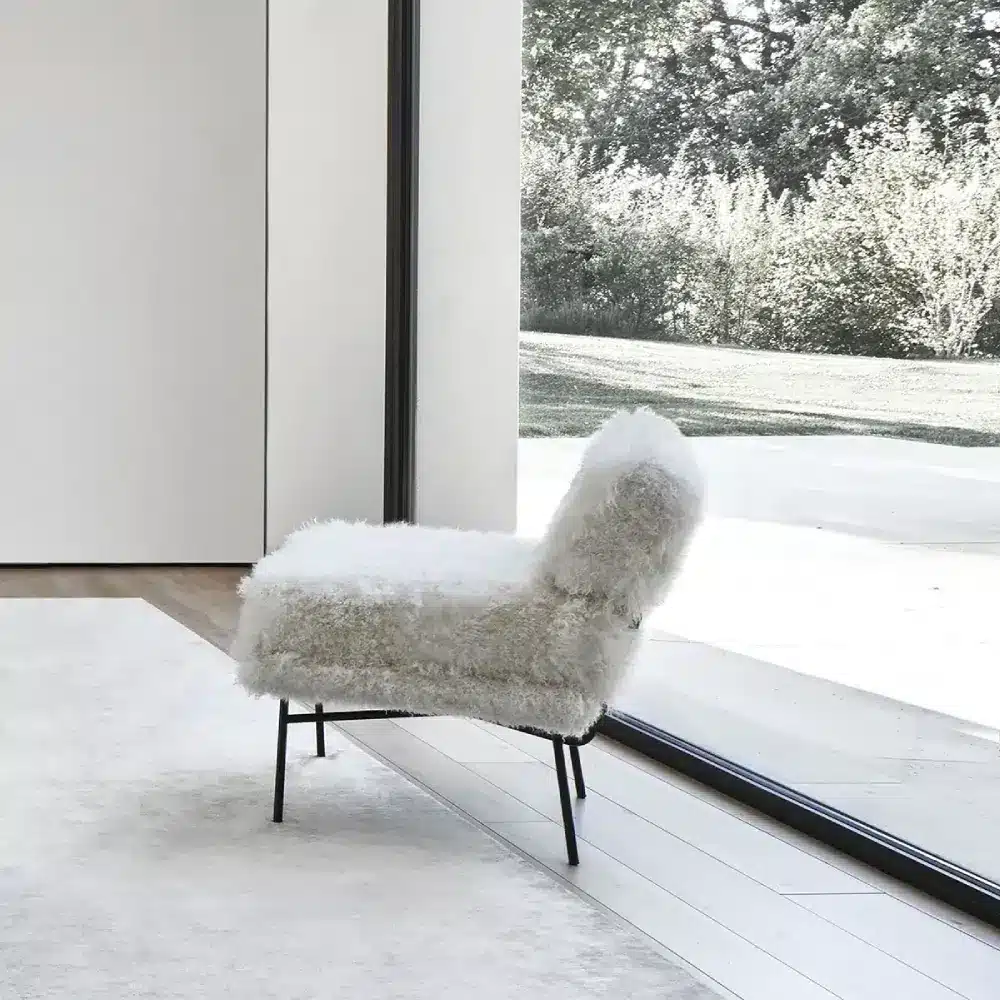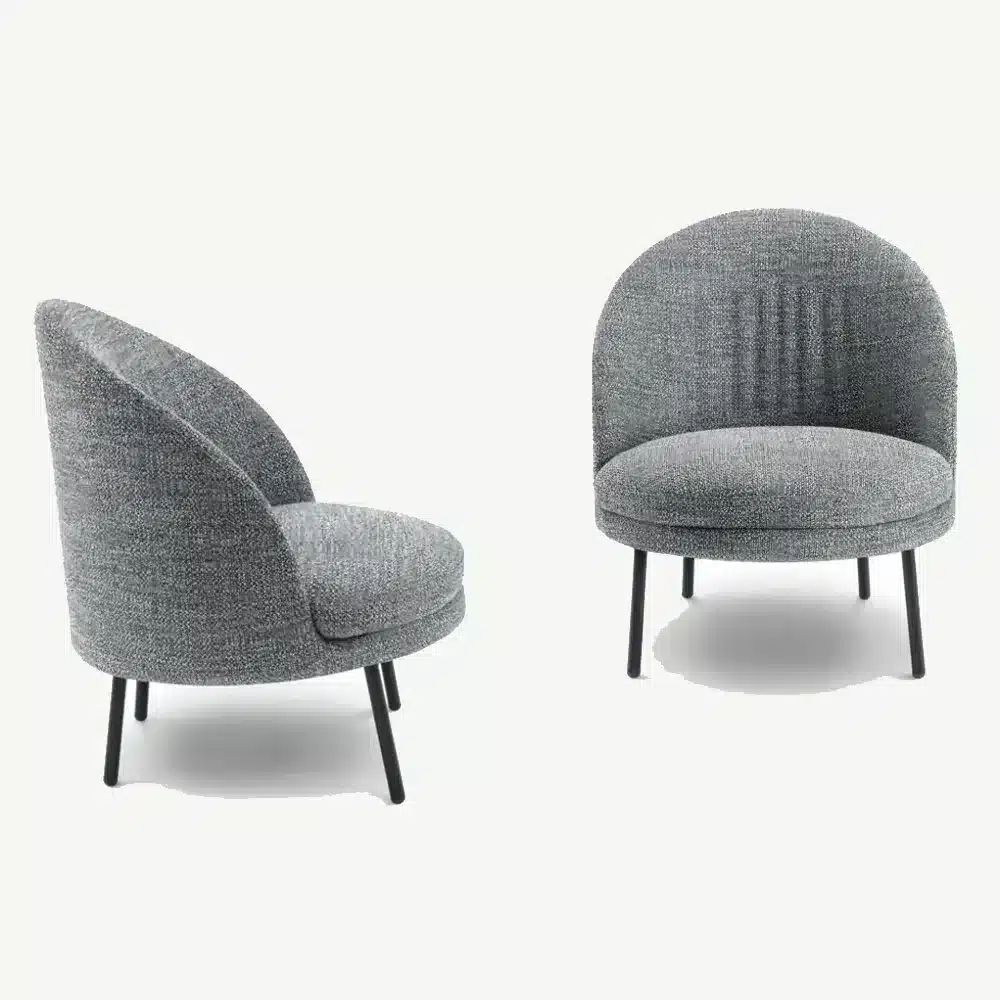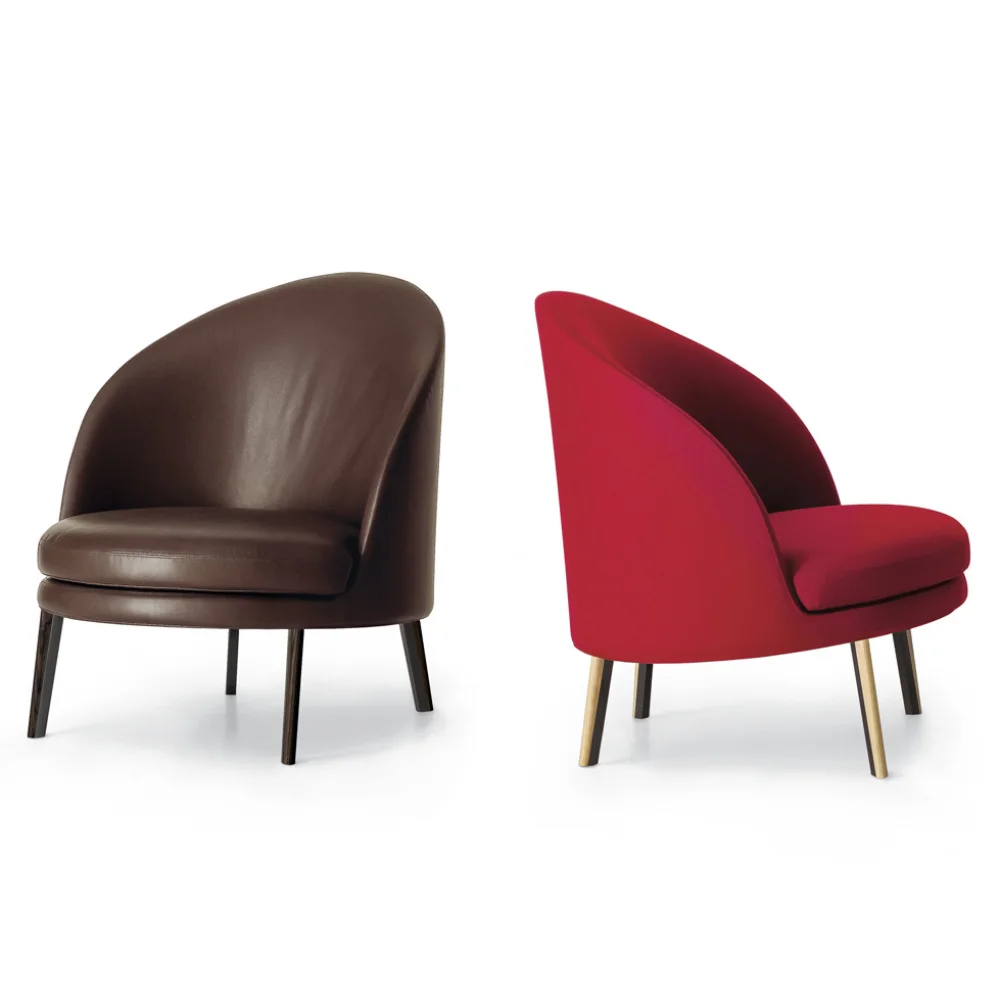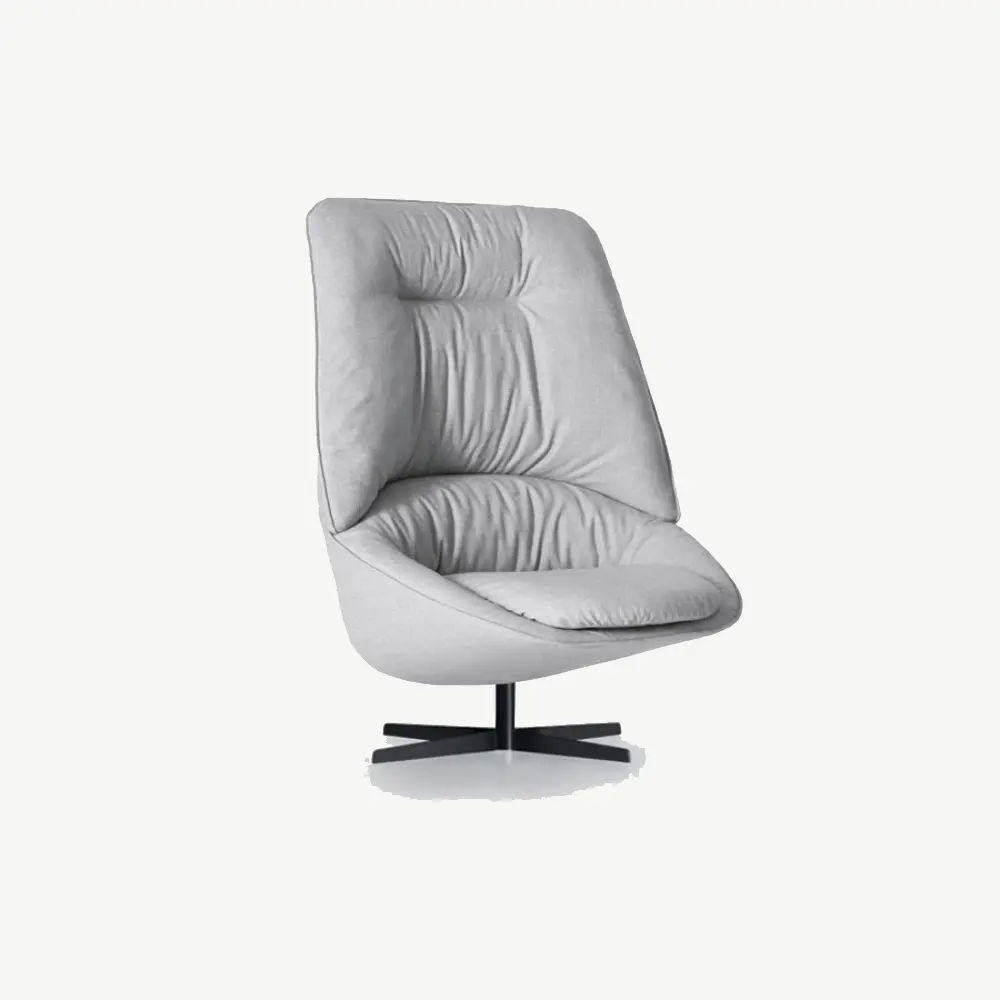The Fiorenza armchair’s legacy extends beyond its role as a mid-century design icon; it also represents a pivotal moment in the evolution of furniture manufacturing. The successful integration of foam rubber into its design paved the way for future advancements in furniture technology, influencing the development of more comfortable and durable seating options for decades to come.
Today, the Fiorenza armchair is celebrated not only for its historical significance but also for its timeless appeal. Its blend of comfort, innovation, and modern design continues to resonate with design enthusiasts and collectors alike. Whether placed in a contemporary living room or a retro-inspired space, the Fiorenza armchair remains a testament to the ingenuity and vision of 1950s furniture design.
The Fiorenza armchair, prominently featured in Pirelli’s 1950s advertisements, stands as a quintessential example of the era’s blend of comfort and innovation.
This iconic piece of furniture not only reflects the design sensibilities of the mid-20th century but also highlights the groundbreaking use of foam rubber in upholstery—a material that revolutionized the furniture industry at the time.
In an era marked by post-war optimism and a fascination with modernity, the Fiorenza armchair emerged as a symbol of progress and forward-thinking design.
Its sleek lines, ergonomic form, and understated elegance made it a popular choice for contemporary interiors, while its innovative construction set it apart from traditional furniture designs.
The armchair’s use of foam rubber, a material celebrated for its flexibility and durability, allowed for a new level of comfort and support that was previously unattainable with conventional materials like horsehair or cotton padding.
Foam rubber, introduced as a cutting-edge technology in the 1950s, was prized for its ability to retain shape while providing exceptional cushioning.
The Fiorenza armchair showcased this material to its full potential, offering a seating experience that was both luxurious and resilient. This innovation not only enhanced the comfort of the armchair but also contributed to its sleek, modern aesthetic.
The foam rubber allowed for clean, crisp lines and a minimalist silhouette, which became a hallmark of mid-century design.
Pirelli’s decision to feature the Fiorenza armchair in their advertisements was a strategic move that aligned their brand with the era’s spirit of innovation and quality.
The armchair became synonymous with the idea of “modern living,” where comfort and style were no longer mutually exclusive but could coexist harmoniously.
The advertisements emphasized the armchair’s ability to adapt to various interior settings, from sophisticated urban apartments to cozy suburban homes, making it a versatile choice for a wide range of consumers.
| Brand |
Arflex |
|---|---|
| Material |
Polyurethane ,Seat elastic straps ,Walnut stained or Black lacquered beech |
| Designer |
Franco Albini |
W: 73 cm x D: 92 cm x H: 103 cm
W: 28.7" x D: 36.2" x H: 40.5"


